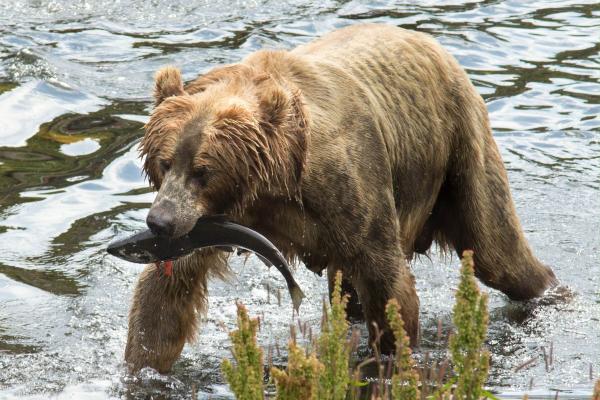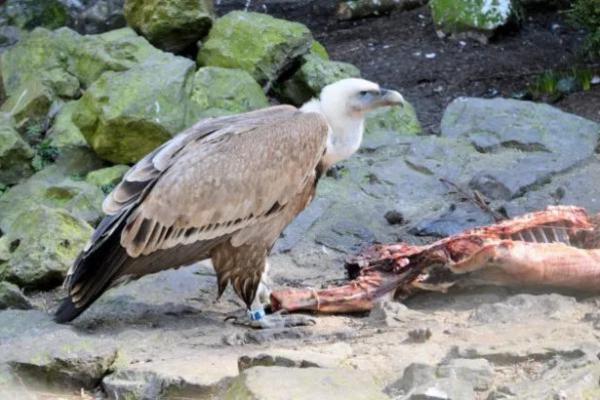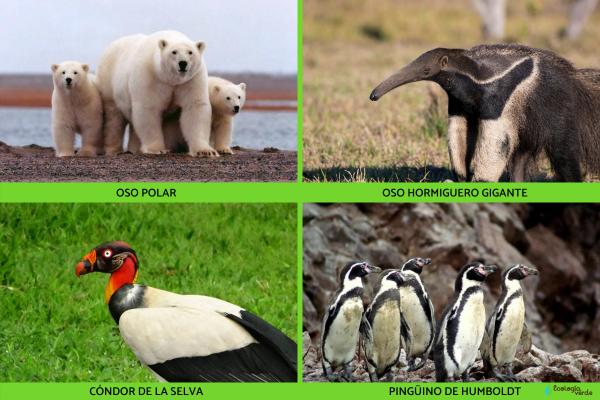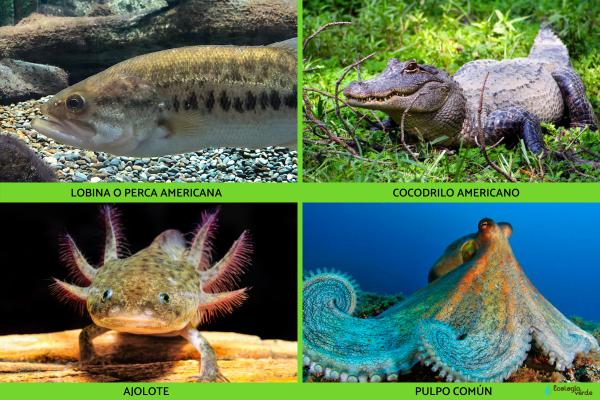Animals exhibit various dietary habits, including omnivory and herbivory. Among all, carnivorous predators fascinate humans the most due to their remarkable strength and hunting skills. But did you know the term "carnivore" extends beyond just animals eating large warm-blooded prey? In this article, we present different types of carnivorous animals, examples, and their classification.

What Are Carnivorous Animals and Their Characteristics
Classification of Carnivorous Animals
Examples of Carnivorous Animals
Importance of Carnivorous Animals
Carnivorous animals feed on other animals’ muscles, fats, or tissues. While "carnivore" describes a dietary habit, the taxonomic order Carnivora includes mammals such as:
Canids (dogs, wolves)
Felids (cats)
Seals
Raccoons
Not all carnivorans are strictly carnivorous, so this article focuses on animals that are carnivores by diet. Common characteristics include:
Short digestive tracts suited for meat digestion
Physical strength and speed
Specialized killing structures like sharp canines and claws
Forward-facing eyes for depth perception
Diverse hunting strategies
For more on predator-prey relationships, see our related article: Predators and Prey: Examples and Characteristics.

Carnivores can be categorized as follows:
Obligate Carnivores: Must eat other animals; cannot digest plant cellulose.
Insectivores: Eat mainly insects; some specialize in ants and termites (e.g., anteaters).
Invertebrate Carnivores: Consume invertebrates such as worms.
Piscivores: Feed primarily on fish.
Apex Predators: Top of the food chain with no natural predators.
Scavengers: Consume carrion (dead animals). Learn more in Scavenger Animals: Examples.
Cannibals: Eat members of their own species.
Facultative Carnivores (Omnivores): Eat both plants and animals; sometimes classified under carnivores.
Based on meat intake percentage:
Hypercarnivores: >70% meat diet.
Mesocarnivores: 30-70% meat diet.
Hypocarnivores: <30% meat diet, supplemented with plants, fungi, or eggs.
Polar Bear (Ursus maritimus): The only strictly carnivorous bear and an apex predator, primarily preying on seals. Obtains water from prey blood and rarely drinks water directly.
Giant Anteater (Myrmecophaga tridactyla): Specialized in eating ants and termites using a long tongue; toothless and highly reliant on olfaction.
King Vulture (Sarcoramphus papa): Exclusively a scavenger with featherless heads to avoid contamination and highly acidic stomach to digest carrion.
Penguins (Genera Aptenodytes, Megadyptes, etc.): Carnivorous seabirds feeding mainly on fish and aquarium/52-marine-animals.html">marine animals.
Largemouth Bass (Micropterus salmoides): A freshwater predator hunting fish, crustaceans, insects, amphibians, and small birds; popular in sport fishing.
American Crocodile (Crocodylus acutus): Apex predator with stealth hunting tactics, feeding on fish, amphibians, reptiles, birds, and mammals.
Axolotl (Ambystoma mexicanum): Aquatic carnivore feeding on larvae, small fish, and crustaceans, relying on movement detection rather than vision.
Common Octopus (Octopus vulgaris): Nocturnal marine predator using suction cups and venom to immobilize prey like mollusks, crustaceans, and fish.

Carnivores occupy the top tiers of food webs, regulating populations of prey species and maintaining ecological balance. Their presence prevents overpopulation and resource depletion, supporting ecosystem health.

For more insightful articles on carnivores and wildlife, visit our Wild Animals category.
Bibliography
Beatty, R., Beer, A., & Deeming, C. (2010). The Book of Nature. Great Britain: Dorling Kindersley.
animal tags: Carnivorous Animals
We created this article in conjunction with AI technology, then made sure it was fact-checked and edited by a Animals Top editor.